A Book Review of "The Five Laws of Library Science"
DOI: 10.23977/infkm.2023.040201 | Downloads: 44 | Views: 2168
Author(s)
Ming Fang 1
Affiliation(s)
1 Library, University of Shanghai for Science and Technology, Shanghai, 200093, China
Corresponding Author
Ming FangABSTRACT
The Five Laws of Library Science, developed by S.R. Ranganathan, provide a foundation for understanding the principles of effective library service. This article explores how librarians can improve their services by applying these laws. The first law, "Books are for use," highlights the importance of user-centered service, while the second law, "Every reader his or her book," emphasizes the importance of collection development. The third law, "Every book its reader," reminds librarians to provide inclusive and diverse collections that meet the needs of all users. The fourth law, "Save the time of the reader," focuses on the importance of efficiency and convenience in library service, while the fifth law, "The library is a growing organism," emphasizes the need for libraries to adapt and innovate to meet the changing needs of their communities. By applying these principles, librarians can create libraries that are responsive, inclusive, and dynamic, and provide valuable resources and services to users of all backgrounds and abilities.
KEYWORDS
Library science, the Five Laws, user-centered serviceCITE THIS PAPER
Ming Fang, A Book Review of "The Five Laws of Library Science". Information and Knowledge Management (2023) Vol. 4: 1-5. DOI: http://dx.doi.org/10.23977/infkm.2023.040201.
REFERENCES
[1] Ranganathan S. R. (1931). The Five Laws of Library Science. Madras Library Association.
[2] Singh P. & Singh M. (2009). The Five Laws of Library Science: An Overview. International Journal of Information Dissemination and Technology, 1(1), 52-56.
[3] Sharma C. (2015). The Five Laws of Library Science: A Framework for Improving Library Services. International Journal of Library Science and Research, 5(1), 13-21.
[4] Singh P. (2017). Five Laws of Library Science: An Assessment of Their Relevance in Digital Age. Library Philosophy and Practice, 1-11.
[5] Chowdhury G. G. (2020). Five Laws of Library Science. In Encyclopedia of Library and Information Sciences (pp. 2002-2009). CRC Press.
[6] Bawden D. (2007). Revisiting the Five Laws of Library Science. Journal of Documentation, 63(4), 577-590.
[7] Kumar S. (2012). Five Laws of Library Science: An Overview. Library Philosophy and Practice, 1-5.
[8] Bhat I. A. (2014). The Five Laws of Library Science: Their Continued Relevance in the Digital Age. DESIDOC Journal of Library & Information Technology, 34(4), 255-261.
[9] Chowdhury S. (2011). The Five Laws of Library Science in the Digital Era. Journal of Library and Information Science, 1(1), 33-36.
[10] Saravanan S. & Gopalakrishnan S. (2013). Five Laws of Library Science Revisited. International Journal of Information Science and Management, 11(1), 1-10.
| Downloads: | 3701 |
|---|---|
| Visits: | 167023 |
Sponsors, Associates, and Links
-
Journal of Language Testing & Assessment
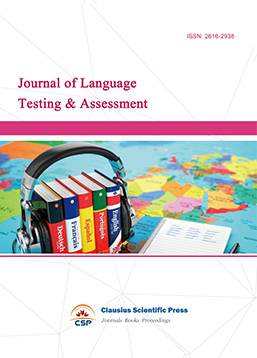
-
Military and Armament Science
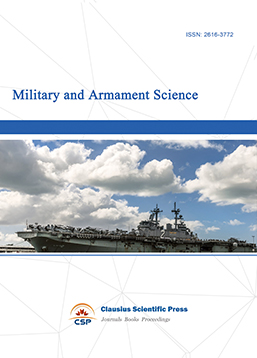
-
Media and Communication Research
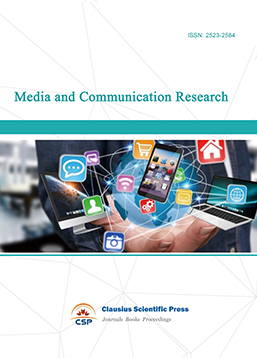
-
Journal of Human Movement Science
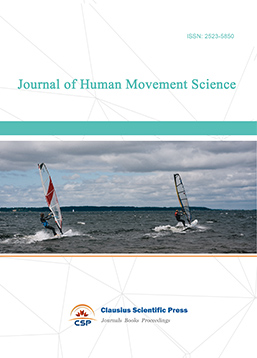
-
Art and Performance Letters
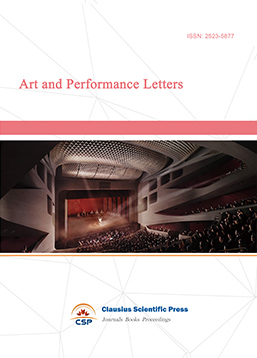
-
Lecture Notes on History
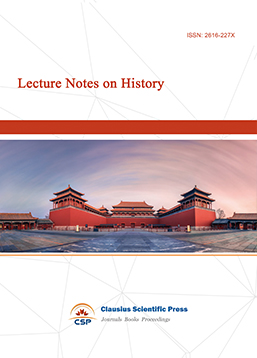
-
Lecture Notes on Language and Literature
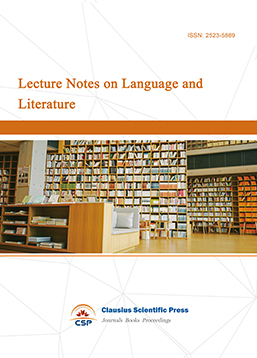
-
Philosophy Journal
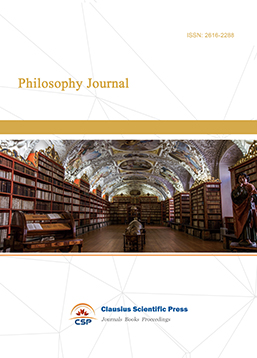
-
Science of Law Journal
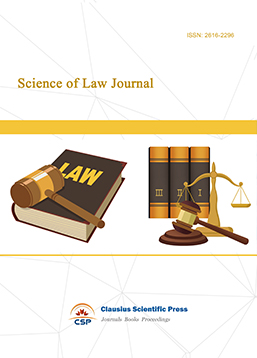
-
Journal of Political Science Research
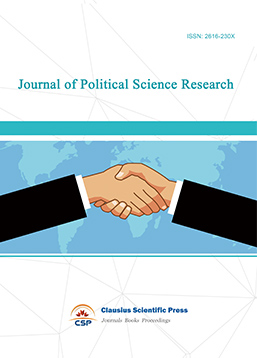
-
Journal of Sociology and Ethnology
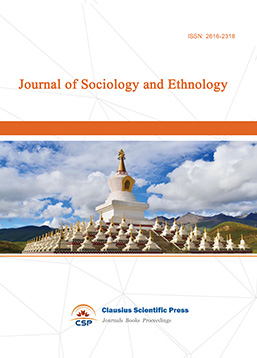
-
Advances in Broadcasting
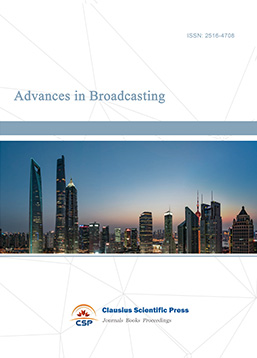

 Download as PDF
Download as PDF